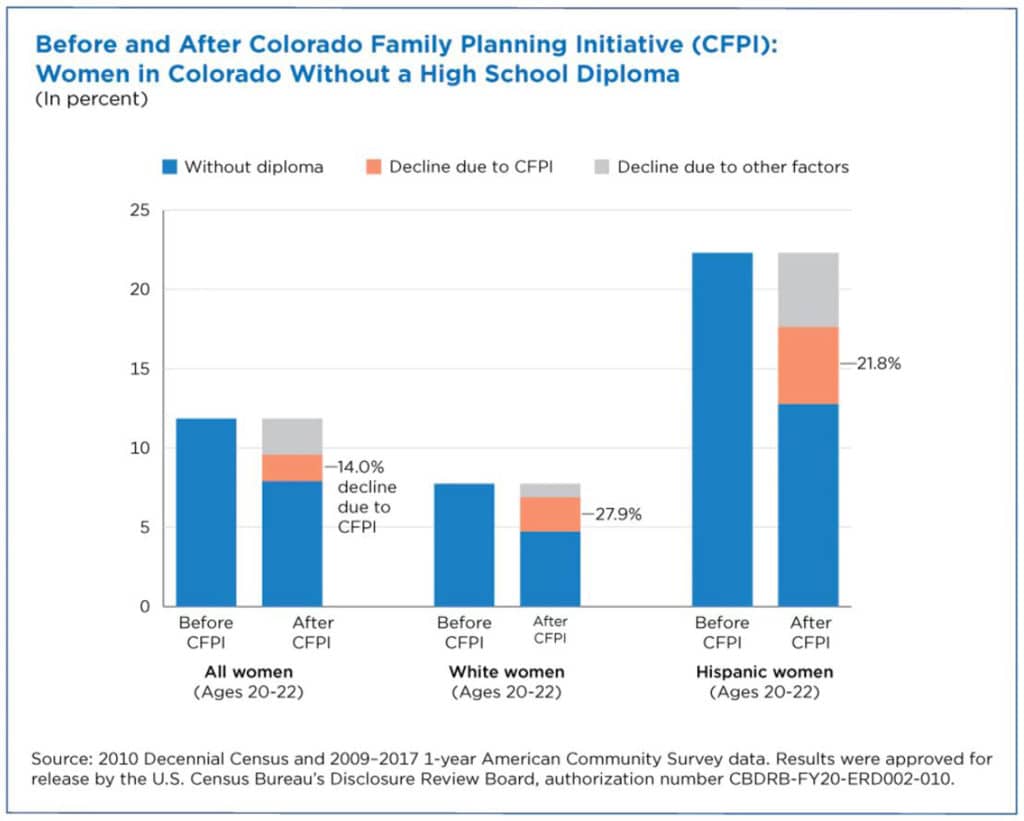Are Education and Awareness the Cornerstones to Population Sustainability?
- NPG
- November 16, 2021
- NPG Commentary
- 0 Comments
November 18, 2021
Are Education and Awareness the Cornerstones to Population Sustainability?
NPG Takes a Look at the Work of Project Aakar in India
As we already know – population concerns loom over many countries. A quick bird’s eye view (i.e., a google search) of countries battling unsustainable population growth would illuminate even the most unenlightened among us. India, rich with history and beauty, is second only to China as the most populous country. In fact, India is projected to surpass China as the world’s most populous nation by as early as 2027.
Concurrently, India is facing life-or-death obstacles brought on by continued population growth. A recent article, Why education and empowerment are significant to population stabilization? published by Indian media outlet The World is One News (WION), describes many of the interrelated challenges presented when discussing overpopulation, sharing:
“Many account for overpopulation as an effect of high birth rates and low mortality rates due to advancements in medical facilities and technology leading to longer life spans. However, there are many more interrelated factors that lead to overpopulation such as progress in food production, increased migration of people to urban areas, lack of family planning consciousness, unmet needs of family planning services. And the most pressing cause of all, lack of education and awareness among females. While the world contemplates causes for overpopulation, our planet continues to deteriorate.”
Choosing to focus specifically on the lack of education and awareness among females, the article introduces a case study of Project Aakar. The program aims “to tackle the problem of overpopulation in India while keeping in line with the government’s plans to stabilize population, to bust old myths, and change mindsets of young people combining counseling and delivery of contraceptives at the community level.” By placing trained counselors in high-birth-rate and low-family-planning locations – in Uttar Pradesh, a state in India, with some of the highest population numbers in the country, the program hopes to empower the next generation of women (and men) to take a more active knowledge-based approach to family planning.
Education is one of the most powerful tools that can be used to influence a behavior change. From the article: “Almost 40% of pregnancies worldwide are unintended. Which leads to a staggering 80 million births per year. An increased focus on education around family planning, birth control methods, and improved access to contraceptives can help in population stabilization and sustainable development. When looking at countries where the population growth rates have slowed down, all countries with high levels of education have slowed the population growth, without enforcement through child policies.” The value of understanding the connection between education and family planning – and what that information will do for the future outlook, cannot be overstated.
In the U.S., research completed by the U.S. Census Bureau and the University of Colorado determined a connection between access to contraceptives and high school completion. In short, 12 years ago, FDA-approved contraceptives were made available to Colorado clients “in every Colorado Title X family planning clinic at low or no cost.” The long-term outcome of this change “resulted in a 2% increase in high school graduation rates for young women and a 14% decrease in the proportion of young women in Colorado without a high school diploma.”

NPG believes lower birth rates, achieved through increased education and family planning resources, will go a long way towards achieving our goal to slow, halt, and eventually reverse population growth. By considering (and ultimately implementing) ideas, such as the endorsement of the two-child family, education for young women and men, access to contraceptives, and increased advocacy – lower, truly sustainable populations are attainable. With programs like these in place, future generations will be afforded the same opportunity to maintain and utilize the abundant (but not infinite!) natural resources available to us today.
To read more on population issues, please see NPG’s Forum paper series, notably:
Human Fertility and Climate Change, by Edwin S. Rubenstein
Feminism, Migration, and Population Policy: A Letter to My Friends, by Lindsey Grant
Controlling Population in a Strong Economy: Is Feminism the Answer? By Edwin S. Rubenstein
Help us continue to release information such as this by making a donation today!
| [WD_Button id=18412] |
